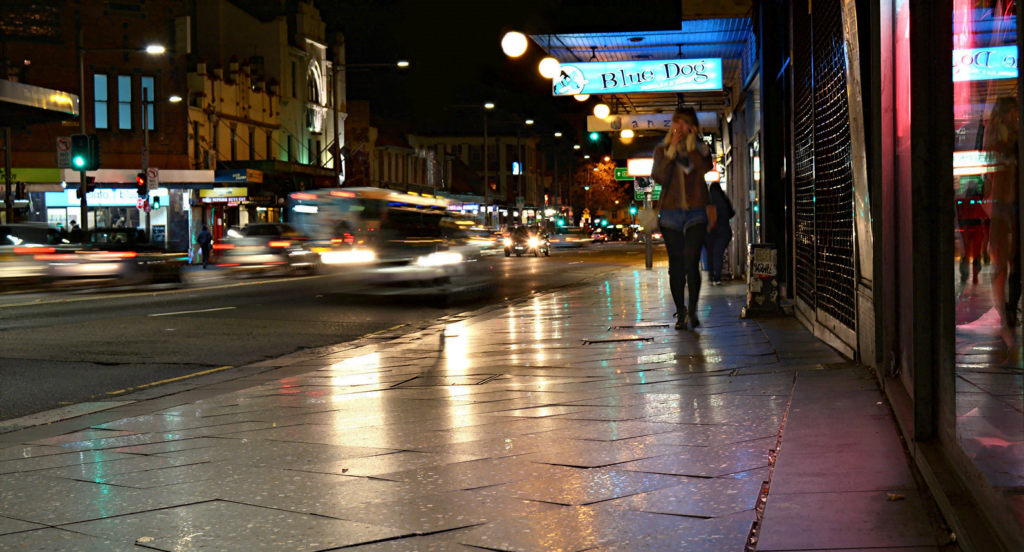Over the last 10 years, the laws regulating drink driving in NSW have changed to incorporate the Alcohol Interlock Program, and to prohibit drug driving, and a combination of drink driving and drug driving.
Most drink driving offences in NSW are subject to the Alcohol Interlock Program. The Alcohol Interlock Program requires a court to make interlock orders in relation to drivers who have been convicted of certain drink driving offences. Drivers who are subject to an interlock order have a special condition placed on their licence which restricts them from driving any vehicle which is not fitted with an interlock device, for the period of the interlock order.
An interlock device is a breathalyser which is connected to the ignition of your vehicle. To start the ignition, the driver is required to complete the breath test on the interlock device and return a negative blood alcohol reading. It is a criminal offence to, while there is a prescribed concentration of alcohol present in the driver’s breath or blood,
- drive a motor vehicle, or
- occupy the driving seat of a motor vehicle and attempt to put the motor vehicle in motion.
It follows that a drink drive offence may be proven, simply by virtue of the driver blowing into an interlock device and attempting to put a vehicle in motion (if the reading on the interlock is positive).
Below, we have set out the penalties for drink driving in NSW, in conjunction with the mandatory interlock period. Please note that these are current as at 15 August 2022 and are subject to change.
Some clients we have acted for have been able to successfully apply for interlock exemption orders (make sure you speak to us about these, because they can be complicated applications).
| Mandatory interlock offence | Disqualification period | Interlock period | Disqualification period (if exemption order is made) |
| Low, novice or special range PCA – second or subsequent offence | Minimum: 1 month Maximum: 3 months | 12 months | Automatic: 12 months (Min: 6 months) |
| Mid range PCA – first offence | Minimum: 3 months Maximum: 6 months | 12 months | Automatic: 12 months (Min: 6 months) |
| Mid range PCA – second or subsequent offence | Minimum: 6 months Maximum: 9 months | 24 months | Automatic: 3 years (Min: 12 months) |
| High range PCA – first offence | Minimum: 6 months Maximum: 9 months | 24 months | Automatic: 3 years (Min: 12 months) |
| High range PCA – second or subsequent offence | Minimum: 9 months Maximum: 12 months | 48 months | Automatic: 5 years (Min: 2 years) |
| Drive under the influence of alcohol – first offence | Minimum: 6 months Maximum: 9 months | 24 months | Automatic: 3 years (Min: 12 months) |
| Drive under the influence of alcohol – second or subsequent offence | Minimum: 9 months Maximum: 12 months | 48 months | Automatic: 5 years (Min. 2 years) |
| Refuse to provide a sample – first offence | Minimum: 6 months Maximum: 9 months | 24 months | Automatic: 3 years (Min: 12 months) |
| Refuse to provide a sample – second or subsequent offence | Minimum: 9 months Maximum: 12 months | 48 months | Automatic: 5 years (Min: 2 years) |
| Combined offence – low, special or novice range PCA with prescribed illicit drug presence | Minimum: 1 month Maximum: 3 months | 12 months | Automatic: 12 months (Min: 6 months) |
| Combined offence – mid range PCA with prescribed illicit drug presence – first offence | Minimum: 3 month Maximum: 6 months | 12 months | Automatic: 12 months (Min: 6 months) |
| Combined offence – mid range PCA with prescribed illicit drug presence – second or subsequent offence | Minimum: 6 month Maximum: 9 months | 24 months | Automatic: 3 years (Min: 12 months) |
| Combined offence – high range PCA with prescribed illicit drug presence – first offence | Minimum: 6 month Maximum: 9 months | 24 months | Automatic: 3 years (Min: 12 months) |
| Combined offence – high range PCA with prescribed illicit drug presence – second or subsequent offence | Minimum: 9 month Maximum: 12 months | 48 months | Automatic: 5 years (Min: 2 years) |
Can I get a section 10 non conviction for a drink driving or drug driving offence? The answer is, it depends.
In 2004, the NSW Court of Criminal Appeal published the guideline judgment for high range drink driving. The judgement is known as the Application by the Attorney General under Section 37 of the Crimes (Sentencing Procedure) Act for a Guideline Judgment Concerning the Offence of High Range Prescribed Concentration of Alcohol Under Section 9(4) of the Road Transport (Safety and Traffic Management) Act 1999 (No. 3 of 2002) [2004] NSWCCA 303 and can be found here.

In a critical part of the judgment, the Court said:
99 There is a somewhat circular argument involved in determining whether there is an emergent trend of inadequate sentencing in relation to a particular offence such that a guideline is warranted. In order to determine whether the pattern of sentencing suggests an unduly lenient approach warranting a guideline, the Court must have formed at least a provisional view about what the pattern of sentencing should be. This is of course where the unfamiliarity of the Court with sentencing for a particular offence gives rise to the disquiet about entering into the field. But there are certain indicia that the Court can apply in a general way to determine whether the sentences being imposed appear to be appropriate. The first is a consideration of the particular offence in the context of the legislation creating it and the policy that can be gleaned from the provisions of the legislation, for example, any statement of the objects of the legislation. The second is a consideration of the objective nature of the offence itself.
This is partly because courts are required to send a message to the public that drink and drug driving (particularly middle and high range drink driving or repeat offending) is considered very serious and will be dealt with accordingly. The goal is to deter others from engaging in this conduct.
Having regard to the interlock scheme, public policy has shaped the law and this has led to a very prescriptive sentencing regime for drink driving offences involving a period of licence disqualification, followed by a period of driving under the interlock scheme as well as possible fines and even terms of imprisonment in the most serious cases.
That being said, courts do retain the power, in certain circumstances, to deal with drink driving and drug driving offences by way of section 10 dismissal, but will generally only take this approach for less serious offending.

Matters that can affect the objective seriousness of traffic offences include:
- the alcohol content reading;
- the circumstances and manner of driving;
- the reasons behind the person getting in their car;
- the number of passengers (if any);
- the distance travelled or intended to be travelled;
- the weather conditions; and
- whether any other offences were committed at the time.
You should speak to experienced criminal lawyers if you are charged with any offence, including a traffic offence. Dowson Turco’s crime team is known for its successes across NSW courts and is very proud of these outcomes. Please contact us, should you want to discuss any criminal matter. We are headquartered at 235 Macquarie Street, Sydney NSW 2000, next to the Supreme Court of NSW. You can also call us on 02 8000 7300 or email enquiries@dowsonturco.com.au.


